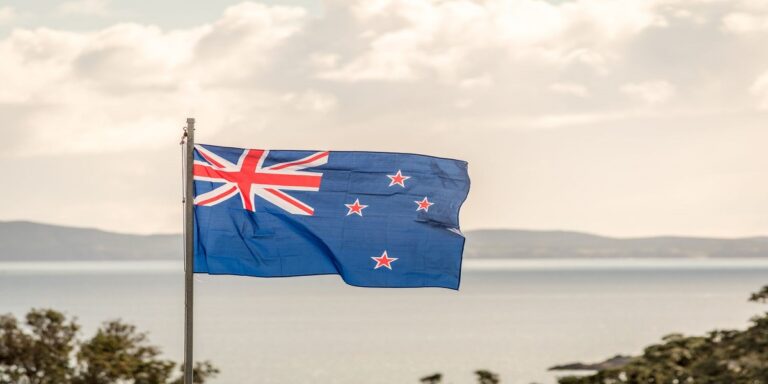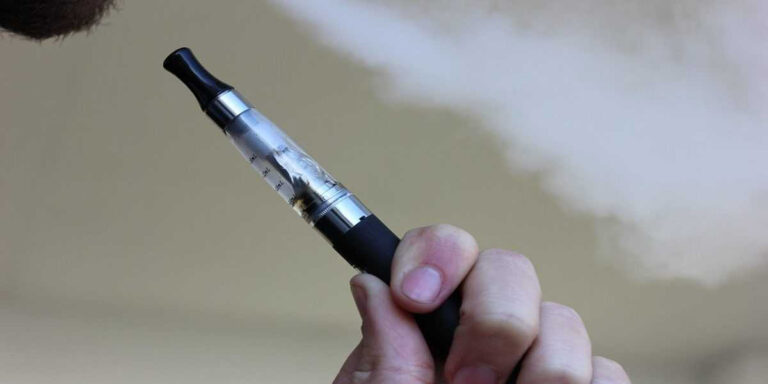On August 21, Scoop reported that the Coalition of Asia Pacific Tobacco Harm Reduction Advocates (CAPHRA) has launched a campaign opposing the New Zealand government’s newly announced Smoke-Free Environments and Regulated Products (Amendment) Bill 2024. The bill, introduced on August 6, proposes significant changes to vaping regulations, including a ban on disposable vapes and strict display restrictions. CAPHRA argues that these measures could undermine efforts to reduce smoking rates by limiting access to effective smoking cessation tools.
Overview of the Smoke-Free Law Amendment Bill
Ban on Disposable Vapes
One of the key provisions of the amendment bill is the prohibition of disposable vapes. The ban extends to the manufacture, sale, supply, and distribution of non-rechargeable and non-refillable devices, including pre-filled cartridges and pods. This measure will be implemented six months after the bill takes effect, aiming to reduce the environmental impact of disposable vaping products and limit access to what the government perceives as products more likely to appeal to young people.
Display Restrictions
The bill also introduces strict restrictions on the display of vaping products. Under the proposed law, vaping products cannot be displayed inside or outside retail stores, including visibility from the street, within stores accessible to minors, such as convenience stores and gas stations, and on retailers’ websites. These display restrictions are intended to reduce the visibility and appeal of vaping products, particularly to young people, and will take effect six months after the bill’s enactment.
Proximity Restrictions for Specialty Vape Retailers
Another significant change in the bill is the restriction on the location of specialty vape retailers. New stores will be prohibited from opening within 100 meters of registered early childhood centers (ECEs), aligning with existing distance requirements from primary schools, secondary schools, and marae (Māori meeting grounds). This measure is designed to protect children and young people from exposure to vaping products.
Fines and Penalties
The bill introduces new penalties for violations of these provisions. For example, the maximum fine for illegally manufacturing, selling, or supplying disposable vapes is NZD 400,000. Violating display restrictions could result in a fine of up to NZD 50,000, while displaying or advertising vaping products in retail or online stores could incur a fine of NZD 2,000. These penalties reflect the government’s commitment to enforcing the new regulations and ensuring compliance.
CAPHRA’s Opposition to the Bill
Concerns About Harm Reduction
CAPHRA has expressed serious concerns about the potential impact of the proposed legislation on harm reduction efforts. The group argues that the ban on disposable vapes could remove a crucial tool for adults trying to quit smoking. CAPHRA’s Executive Coordinator, Nancy Loucas, highlighted that closed-system vape devices, which are targeted by the bill, have been consistently identified in major studies as the most effective tools for smoking cessation.
Loucas pointed out that all vaping products approved by the U.S. Food and Drug Administration (FDA) are closed systems, with no open-tank systems approved. She argues that the bill contradicts the best available evidence supporting vaping as a harm reduction tool, potentially making it more difficult for smokers to access the most effective cessation methods.
Campaign for Public Awareness
In response to the proposed legislation, CAPHRA has launched a campaign to collect video testimonies from vape users across New Zealand. These testimonies aim to share personal stories of individuals who have successfully quit smoking through vaping, providing real-world evidence of the effectiveness of vaping as a harm reduction tool.
Loucas also expressed concern that the Ministry of Health’s strategy may be politically motivated, potentially risking public health and disconnecting the government from the needs of New Zealanders who rely on vaping to quit smoking.
Legislative Process and Timeline
Cabinet Approval and Public Feedback
The bill has already received Cabinet approval, and the draft and related policy documents were publicly released by the Ministry of Health on August 6. The government has invited feedback from the public and stakeholders, emphasizing the importance of input in refining the legislation.
Priority Status and Implementation
The bill has been given a high priority, classified as Category 2, which means it must be passed in 2024. The plan is for the bill to come into effect on January 1, 2025, signaling the government’s commitment to swiftly implementing these new regulations.
New Zealand’s Smoke-Free Environments and Regulated Products (Amendment) Bill 2024 represents a significant shift in the regulation of vaping products, with measures that include a ban on disposable vapes and strict display restrictions. While the government views these changes as necessary for public health, CAPHRA and other harm reduction advocates argue that the bill could hinder smoking cessation efforts by limiting access to effective vaping products. As the legislative process moves forward, the debate between public health priorities and harm reduction strategies will continue to shape the future of vaping in New Zealand.
FAQs
What is the Smoke-Free Environments and Regulated Products (Amendment) Bill 2024?
The amendment bill is a proposed law in New Zealand that seeks to regulate vaping products by banning disposable vapes, restricting the display of vaping products, and imposing proximity restrictions on specialty vape retailers.
Why is CAPHRA opposed to the bill?
CAPHRA argues that the bill could undermine harm reduction efforts by limiting access to closed-system vapes, which are effective tools for smoking cessation. The group is concerned that the legislation may make it more difficult for smokers to quit.
What penalties does the bill introduce?
The bill introduces fines for violations of its provisions, including up to NZD 400,000 for illegally manufacturing, selling, or supplying disposable vapes, and NZD 50,000 for violating display restrictions.
What is the timeline for the bill’s implementation?
The bill has been given priority status and is expected to be passed in 2024. If enacted, the new regulations will come into effect on January 1, 2025.
How is CAPHRA raising awareness about its opposition to the bill?
CAPHRA has launched a campaign to collect video testimonies from vape users across New Zealand, sharing personal stories of how vaping has helped individuals quit smoking.
What impact could the bill have on New Zealand’s vaping market?
The bill could significantly reshape the vaping market in New Zealand by banning disposable vapes and imposing strict regulations on the display and sale of vaping products, potentially reducing the availability of certain vaping products.


















